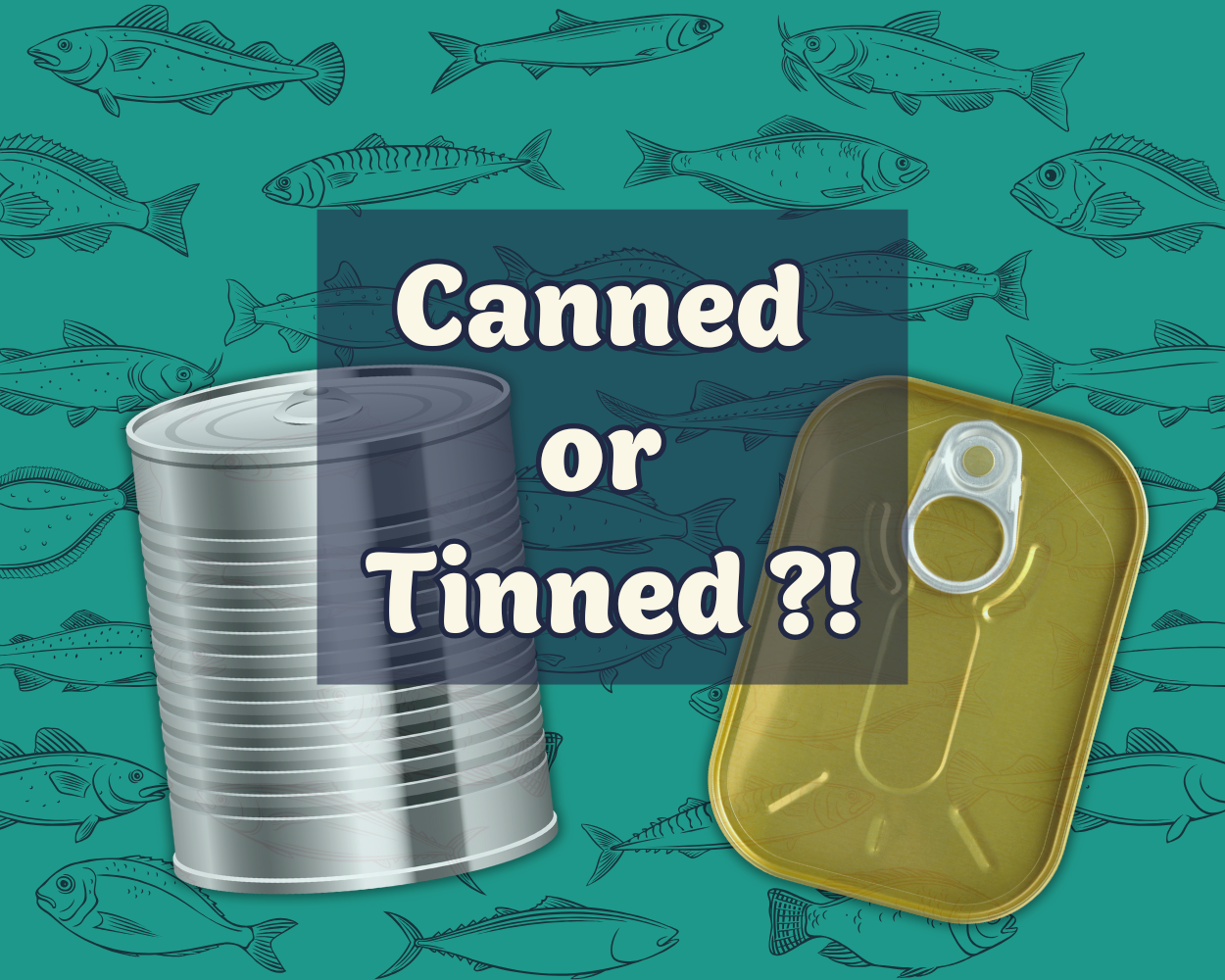Canned Fish or Tinned Fish: What's the difference?
Is it "Canned Fish" or "Tinned Fish?"
Over the last few years (and we would know!) seafood preserved in metal has skyrocketed in popularity. While this method of preserving and storing seafood has been around for over a century, it's only in the last few years where you'll find luxury sardines at your favorite wine bar.
And through that growth, a debate has emerged over what to call it! "Canned Fish" has perhaps been around the longest. Canning, after all, existed before the tin can. The method of preserving food by cooking it within a sealed a canister was invented in the early 1800s to preserve rations for war. The first canned goods were kept in glass jars!
Metal cans made from tin were put to use shortly thereafter. Even today, though, you might know someone who spends the day canning pickles or kimchi inside of glass mason jars.


"Canned Fish" and "Tinned Fish" mean the same thing--Sorta.
Fast forward to the twenty-first century, and the debate continues. The long and the short of it is that all tinned fish is canned: That is, its preserved in a metal canister for a long shelf life. Of course, the tins are no longer made of tin. They're made out of steel. Round or rectangular, the shape doesn't matter.
Here at Tinned Fish Club, we (obviously) say "Tinned Fish" because that best captures the special history and culinary use that preserved sardines, mackerel, squid, tuna, and countless other types of seafood have at the cultural moment. A glass jar of anchovies or a plastic sleeve of smoked salmon is technically "canned fish"--preserved in a canister!--but those products feel a bit apart from the artisinal, sustainable, and wonderfully idiosyncratic world of tinned fish.
We could get into the rhetorical implications a bit deeper (and maybe we will one day) but we're sticking with Tinned Fish, and we invite you to join the club.

Canned Fish or Tinned Fish: What's the difference?

Tinned Fish Club for October: La Barca Wild Cod, Cocagne Mackerel Filets, and Vigo Jumbo Squid
.png)
